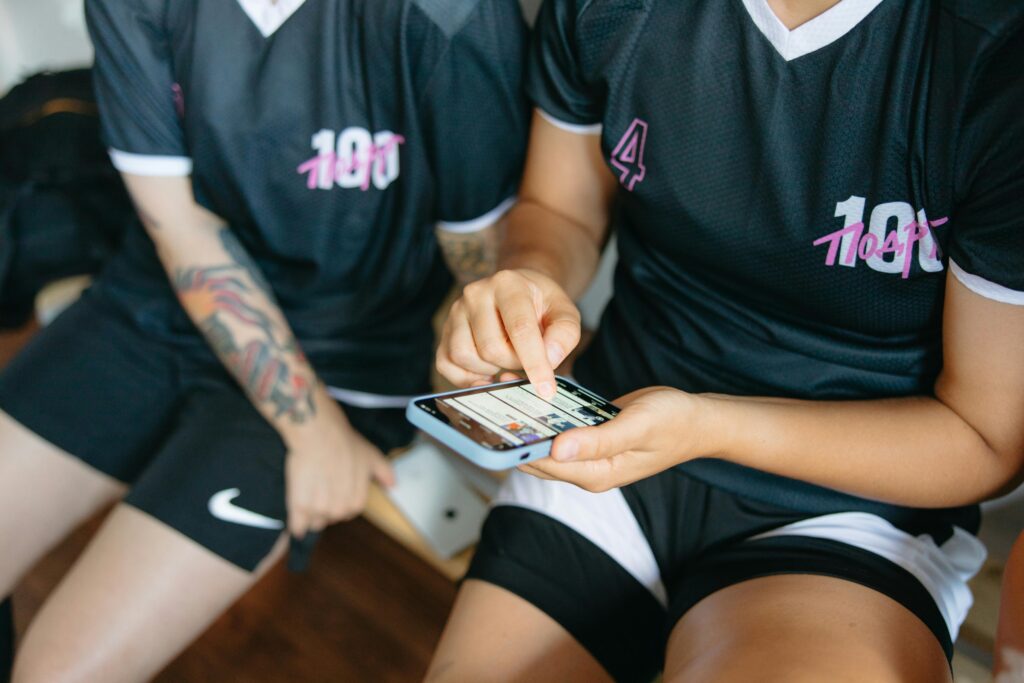
Have you ever lost your phone or received calls from mysterious numbers, not knowing how to go about tracing them? If so, you’re among millions of others. Considering today’s tech-driven world, knowing how to track a phone number in Canada is more than just a curious tech matter—it should be recognized as a life skill. Whether it’s finding a lost phone, making sure loved ones are safe, or just protecting yourself from scams, these are some measures that can really be taken securely and legally.
This guide has everything spelled out for you: from built-in tracking apps to Canadian carrier services, reverse lookup tools, and the legal stuff that you should really know beforehand.
Why Track Phone Numbers in Canada
In Canada, the smartphone is indeed a must-have. From mobile banking to communicating with your family, the device itself harbors valuable data. Losing your phone or receiving suspicious calls is not just inconvenient—it’s a threat to security. With the right gadgets and valuable knowledge, locating your device or identifying a caller is just a matter of time.
- Carrier Services in Canada
Major Canadian telecom operators– Rogers, Bell, and Telus-will provide some phone tracking services when there are issues with a lost or stolen phone:
- They may block unauthorized use after you report the loss.
- Authorized by you, they may then proceed to track the location of the device via the network technology.
- Blacklisting the IMEI will make the device unusable, even if the person tries to use another SIM card.
👉 Pro Tip: Always remember to note down your IMEI numbers; they are important when working with your carrier or police for any report.
- Built-In Tracking Tools (iOS and Android)
Modern smartphones come equipped with built-in tracking features that work seamlessly throughout Canada:
- For iOS: Use Find My iPhone with your iCloud account. Track your device on a map, play a sound, activate “Lost Mode,” or choose to erase all data remotely from the device.
- For Android: Use Google Find My Device; it does basically the same things and can work with locating, locking, or wiping out the phone from any browser.
- The tools operate quickly while presenting the best service and should be used by every person who values data security.
- Location Sharing Apps
- Location-sharing apps will give you that extra lift if you want to track a phone number in Canada for family safety or convenience.
- Google Maps: Share real-time location with trusted contacts.
- Apple’s Find My Friends lets you see the whereabouts of friends and family- helpful for parents wanting to keep an eye on their kids.
- Third-party apps (with permission): Life360 gives you group tracking with more features.
- Remember: Consent is the keyword. Always get permission before you start tracking someone else.
- Reverse Lookup Services and Caller ID Apps
Sometimes, identifying unknown callers is more important than finding your phone. Caller ID apps are widely used in Canada and help users block spam and scam calls:
- Truecaller: Reveals the caller’s information, even for numbers not in your contacts.
- Canada411 Reverse Lookup: Allows you to find the names and locations attached to a phone number.
While none of these will give you the GPS location, they are perfect to help you screen calls and safeguard yourself from fraud.
- IMEI Tracking and Police Involvement
For stolen telephone calls, a police report is usually the best step to take. Canadian authorities can help your cases, and in collaboration with carriers to trace the devices by the IMEI.
Say how:
- Report your phone lost to theft and supply your IMEI.
- Your carrier will block it across all Canadian Networks.
- If located, the authorities will help you recover it.
- This process ensures that tracking is done legally, securely, and effectively.
- Legal and Ethical Concerns in Canada
- In Canada, privacy laws like PIPEDA (Personal Information Protection and Electronic Documents Act) state pretty clearly that tracking someone without their consent is a no-go (except, of course, for law enforcement).
- Always secure permission if you are tracking a family member, employee, or friend.
- Unlawful surveillance may make you very sorry; legal sanctions might cloak the very fact that you ever considered it done.
- Act responsibly once you choose to act: your goal should be safety, not intrusion.
- Tips for Easier Phone Tracking
To smooth out the process, take the following proactive measures:
- Make sure you have Find My iPhone or Find My Device enabled before you lose your phone.
- Keep your IMEI number recorded safely.
- Use two-factor authentication (2FA) for relevant apps.
- Set up location sharing with trusted family members.
- Report scam and fraudulent calls to the Canadian Anti-Fraud Centre.
- Being prepared will give you peace of mind in case of an emergency.
Be Smart, Stay Secure
With smartphones containing all our private identities and bank details, it is really important to know how to track a phone number in Canada. Lost devices, spam calls, and family safety might all be dealt with by legible and reliable options-from in-building mobile tools, Canadian carrier services, and reverse lookup platforms.
For more guides on digital tools, startups, and tech insights that matter to Canadians, check out Startup Editor-Your practical and easy-to-follow content hub.




